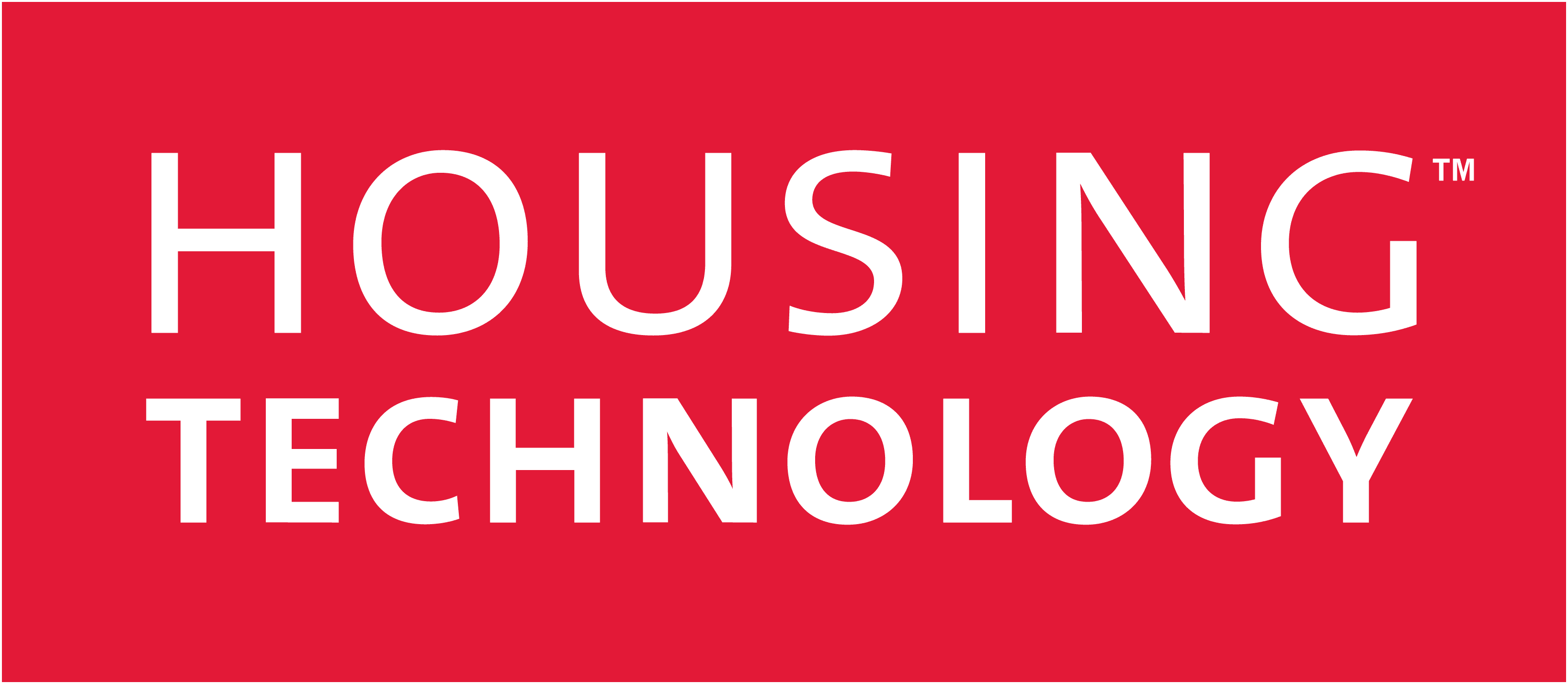Take a few moments to look up in any bustling first-world city, and you’ll notice the urban landscape is moving skywards at a rapid pace. As buildings and populations jostle for space at ground level, ever-changing city horizons are evidence of the popularity of high-rise living and working. Glittering glass buildings dominate urban skylines and change the structure of these cities forever. Across Europe, the story is consistent: Frankfurt boasts the Commerzbank tower and the Messeturm, while the Paris skyline is punctuated by the Paris First tower, along with more historic and well-known vertical works of art.
In London, planning permission has either been approved or is pending approval for 236 new high-rise buildings, from a minimum of 20 storeys to a maximum of 75 storeys. Although even the tallest of the buildings proposed, the 75-storey Hertsmere House, is still 88 storeys shorter than the Buri Khalifa building in the United Arab Emirates.
For residents and businesses located in tower blocks, there are challenges which offset the far-reaching panoramic urban views. Aside from concerns about the lifts not working, sharing their address with hundreds of other inhabitants poses a huge problem for these high-rise dwellers. Along with the popularity of the high-rise, e-commerce has sky-rocketed and our love of online shopping has soared. Not a problem for high-rise inhabitants, you would think, as long as global addressing data is accurate and precise. Unfortunately, herein lies the problem; sometimes, the data isn’t. And if it isn’t, there are costs associated for businesses and consumers alike.
Without accurate addressing data, the chance of consumers receiving a product they’ve ordered is minimal. E-commerce companies have to absorb the costs of these returned, undelivered packages. And for businesses waiting to receive urgent deliveries, the problem is even more profound. They may be sharing high-rise office space to generate cost savings, which means their delivery address is exactly the same. If the sender fails to include the company name and just includes the person’s name and address, it’s unlikely that it will reach the intended recipient.
Enter the Z-coordinate. The Z-coordinate is an expression familiar to fans of virtual landscape-building game Minecraft. In the real-world, away from building blocks, unicorns and fantasy farmlands, it defines a location in a three-dimensional space. Most of us have heard of X- and Y-coordinates from our time at school plotting graphs. The Z-coordinate literally adds a new dimension, measuring height or elevation and providing the ability to pinpoint a location with absolute precision. In mapping software, the Z-coordinate can be added as an extra layer to create a visual representation of a building.
Z-coordinates demonstrate perfectly the depth and breadth of data we now have access to, and the positive impact this data has on the world we live in. The value of this exacting insight, and of spatial data in general, extends far-beyond that of the postal delivery service and its ability to get a package to a desired location. Emergency services crews can use it to identify the correct response to an urgent call; insurers can use it to identify areas of high risk; local governments can ensure the correct business rates are charged to the correct organisations; retailers can use it to scope out new store demand.
Utility firms, too, are finding the precision of this data invaluable in relation to smart metering. Utilities firms need to identify all buildings and properties where they will have difficulty receiving a signal for smart-meter monitoring, with no current internal GIS capabilities. These include tall buildings, old buildings and buildings made from certain materials. This is where data truly becomes the hero. A huge diversity of data is available on any building, such as:
Detailed base data to identify high rise buildings;
Identify where multiple addresses sit within a building;
230,000 UK buildings identified, based on parameters where six or more addresses are contained within a building;
Classification: identify which addresses / properties are residential or commercial. Or use classification at the individual address level to determine more detail, such as residential dwelling or a bank, restaurant, primary school or guest-house;
Level Information, such as which floor a property is located on;
UPRN: each property has a Unique Property Reference Number (UPRN), recommended by the Department of Energy Climate Change as best practice for smart-meter programmes.
Unrelated, the data might not be particularly insightful. But draw the data together, integrating it across intelligent software platforms and combine it with different data sets, and the power of the data soon becomes clear.
This ability to specifically pinpoint location with absolute precision is invaluable. It adds depth to data, drives decision-making and enables planning and forecasting. As the analyst company Gartner says, “Organisations that implement geospatial and location intelligence (GLI) capabilities will benefit from opportunities to analyse the spatial dimension across their strategic, tactical and operational analytics. This type of insight can produce real business results”.
This is about exploring context: adding the ‘where?’ to data brings it to life. It also brings the deliveries to the door, and if you’re on the 75th floor, that’s what it’s all about.
Marc Hobell is the director of geographic information systems & location intelligence at Pitney Bowes.


